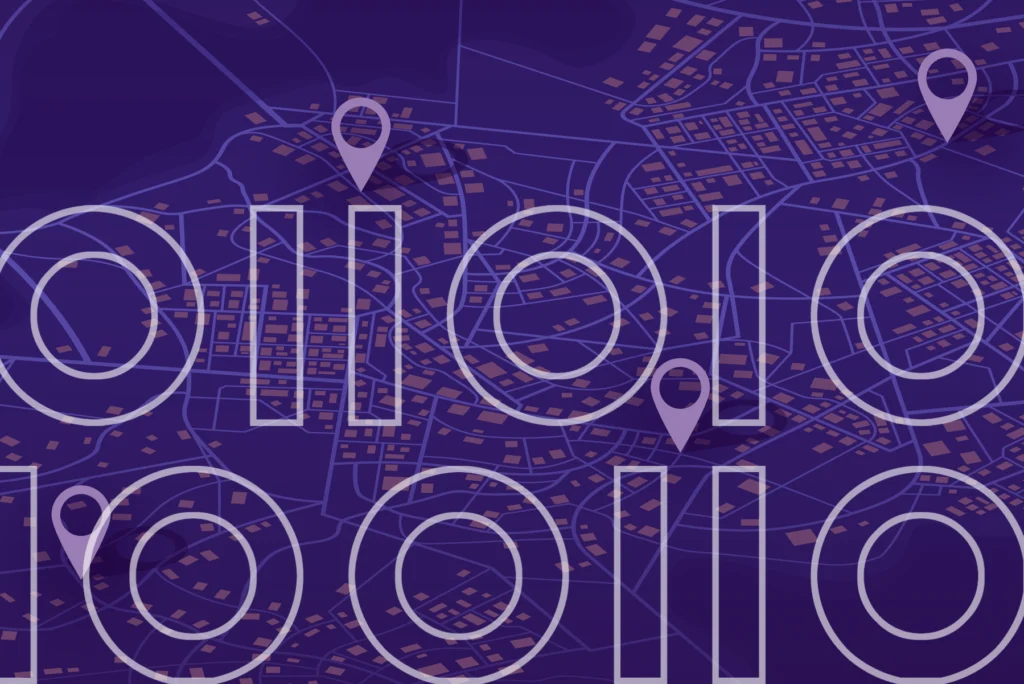Organizations are dealing with higher volumes of data than ever before. To make matters more challenging, most enterprises are managing multiple systems, often loosely integrated, each of which has its own unique schema and set of business rules. This creates a number of challenges because data that is distributed across those multiple systems can quickly get out of sync as inconsistencies emerge.
Exploring the Need for Master Data Management
Imagine a scenario in which two departments in the same company maintain records pertaining to current and past customers. In the CRM system, a salesperson has entered a customer under the name “ABC, Inc.”, whereas in the ERP system the company is recorded as “Alpha Beta Chocolate, Inc.” It may be difficult to discern that these are, in fact, the same company. To make matters even more challenging, small differences in company names, including spelling or punctuation, may make it difficult to determine whether those two records are referring to the same company.

How can organizations achieve harmony across their various information systems, so that data can be more easily analyzed and integrated, providing greater visibility to the critical information necessary to drive good business decisions?
Generally speaking, the answer is master data management (MDM), which provides a coherent, unified view of information across the entire enterprise. By creating a central repository that links to all other key information systems within the company, it becomes possible to create a single “golden record” for each customer (to follow the previous example). The MDM record then serves as the system of record, with direct links back to the various source systems within the company. MDM creates harmony between all those different data sources.
Watch the webinar
The Critical Role of Unique IDs in Location Master Data Management
Learn more about tools that can help you manage and organize your business data in a way that brings context and makes sense. Watch our on-demand webinar for a discussion around the role unique IDs play in location MDM and see an example of how IDs are being used today.
What Is Location Master Data Management?
Location is a powerful tool when creating those “golden records” because in most business data, there is an address which can be used as a connection point between datasets. Now consider some of the unique challenges associated with addresses. Address standardization can be notoriously problematic. Street addresses frequently need to be standardized, such that two different versions of the same address can be recognized as referring to the same location. For example, many roads have more than one name. Applications that rely on address information must be capable of determining that “150 Amherst Street” and “150 Route 101A” are, in fact, the same address. Punctuation often varies widely as well. “123 Main St., Apt 3” might refer to the same location as “123 Main St., Unit 3” or “123 Main St., #3”, and so on.
Many enterprises are using location intelligence tools to translate location information (such as a street address) into precise geographical coordinates and attach a unique ID. This process is known as geocoding, but not all geocoding technology is created equal. Some companies and products provide a very high level of precision, whereas others rely heavily upon estimating a location based on limited available information.
To return to the previous example, if a company is storing customer information into separate databases, and if those two systems are using different geocoding tools to determine the exact location of each customer, then there is a significant likelihood that the information will be out of sync. These kinds of differences can become highly problematic when organizations are looking to create that single golden record to harmonize data across the business.
The Problem with Location Data
Consider the case of an insurance company that uses location intelligence to achieve a competitive advantage in risk assessment. By knowing exactly where a property is located and linking that information to external data such as crime rates, tornado and hurricane risk, or proximity to combustible materials and wildfire risk, the insurer can come to a more precise understanding of the actual risk level for a given property.

What happens, though, if the underwriter who approved the policy uses different geocoding tools than the claims adjuster? The company potentially loses visibility into the effectiveness of its risk assessment processes because it can no longer draw a direct connection between the initial risk analysis and the resulting claim. The insurer loses out on an opportunity to gain better insights into its risk analysis processes with a view to improvement.
How Does Location MDM Work?
Location MDM begins with validating, cleansing, and standardizing addresses data across data sources. Through the geocoding process, a unique and persistent ID is assigned to each record which facilitates enterprise data management, enrichment, and data harmonization across the business.
With those steps complete, business leaders gain a clear and consistent view of information across the entire enterprise, which results in clearer insights and better business decisions.
What Makes for Good Location MDM?
A successful location MDM initiative must be built around an enterprise-grade technology stack that natively incorporates location intelligence. Location data must be highly accurate, going far beyond merely standardizing postal addresses.
A key element is a unique and persistent identifier for each location. Precisely assigns such a global unique identifier to each location, called the Precisely ID or geohash. This serves to achieve location MDM on a broader scale making it straightforward to connect disparate datasets with a simple ID.
Using the Precisely ID simply links to other data sources that contain location-based information. This enables enterprises implementing location MDM to reliably extend the value of their corporate data with an array of location-based variables that add integrity and context. Financial institutions for example, can accurately link properties to over 9,000 attributes to reveal a rich tapestry of information that can be used to refine risk assessments.
If your organization is seeking to leverage location intelligence across multiple systems, it’s important to consider the need to harmonize that data and standardize around a set of enterprise-grade geospatial tools. Precisely is the world’s leader in data integrity, including location intelligence and enrichment. To learn more watch the webinar, The Critical Role of Unique IDs in Location Master Data Management.







